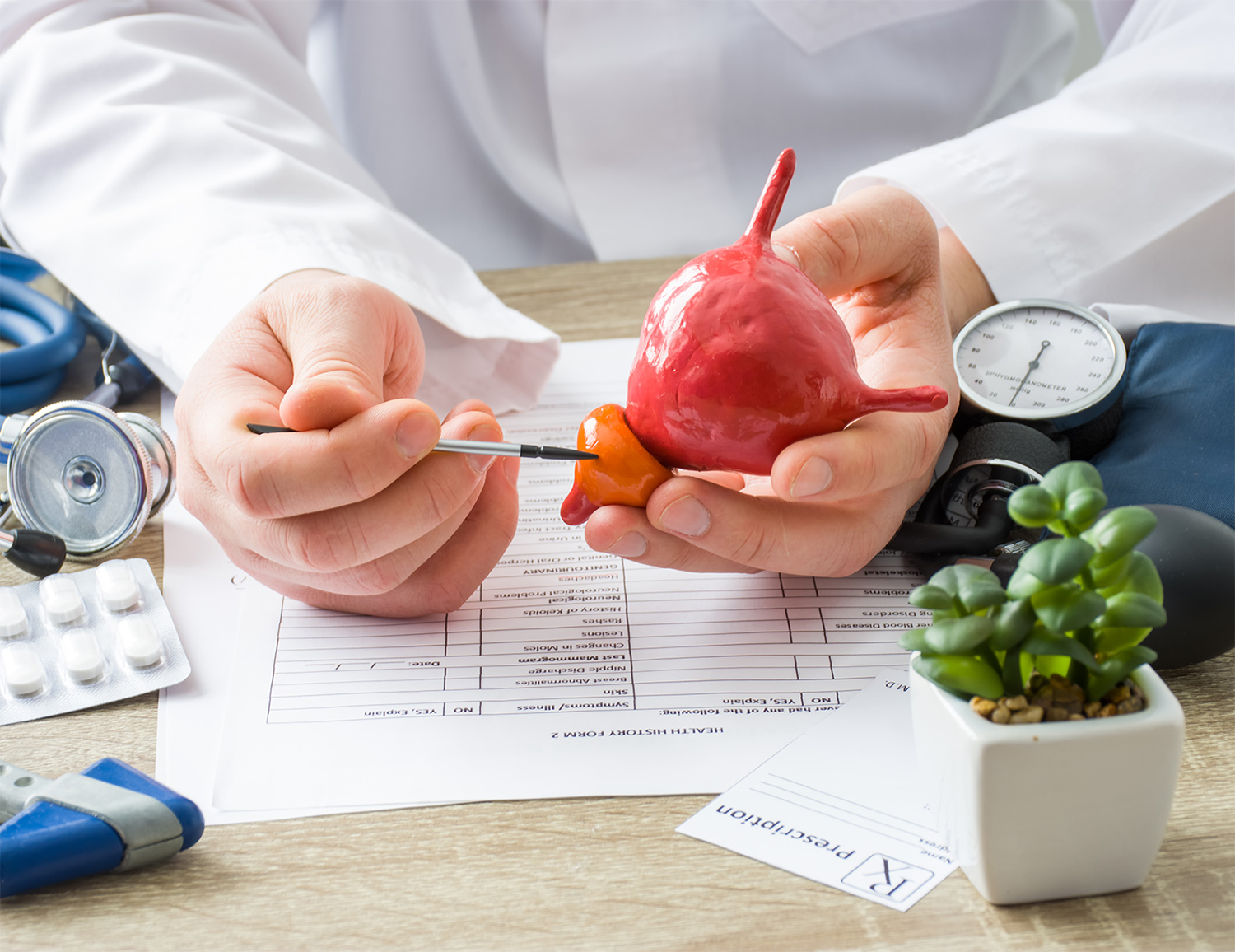
A prostatitis diagnosis can feel overwhelming — especially if you’re hearing about it for the first time. Whether your symptoms are mild or severe, you probably have one big question in mind:
What do I do now?
Here’s a practical, 7-step roadmap to help you take back control.
1. Don’t Panic — It’s Manageable
Most cases of prostatitis, even chronic ones, are not life-threatening. With the right approach, many men find long-term relief.
2. Understand Your Type
Ask your doctor what kind of prostatitis you have:
Acute bacterial
Chronic bacterial
Chronic pelvic pain syndrome (non-bacterial)
Asymptomatic inflammatory
Treatment depends on the type, so getting clarity is crucial.
3. Start a Symptom Journal
Track your pain, urination patterns, diet, stress levels, and physical activity. This can reveal hidden triggers — and help your doctor tailor treatment.
4. Explore Your Treatment Options
Antibiotics (for bacterial cases)
Alpha blockers to relax prostate muscles
Anti-inflammatories
Herbal supplements like quercetin or pollen extract
Pelvic floor physical therapy
Be patient — it may take a combination of treatments to see results.
5. Modify Your Lifestyle
Avoid alcohol, caffeine, spicy foods, and prolonged sitting. Gentle physical activity and hydration help reduce inflammation.
6. Prioritize Mental Health
Chronic discomfort can lead to anxiety and depression. Don’t ignore this side of the condition — it matters just as much as the physical symptoms.
7. Be Persistent, Not Passive
Follow up regularly with your doctor. If one approach doesn’t work, ask about the next. Relief is possible — but it requires active participation.
